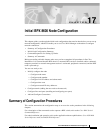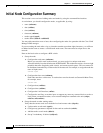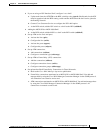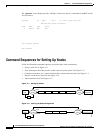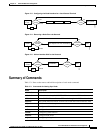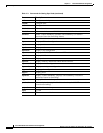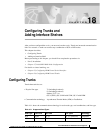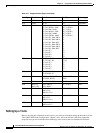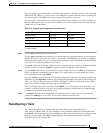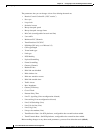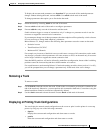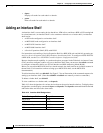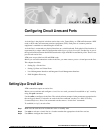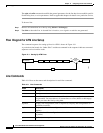
CHAPTER
18-1
Cisco BPX 8600 Series Installation and Configuration
Release 9.3.10, Part Number 78-11603-01 Rev. D0, July 2001
18
Configuring Trunks and
Adding Interface Shelves
After you have configured the nodes, you must activate the trunks. Trunks are intranode communication
links in a network. A trunk can connect any combination of IGX or BPX nodes.
This chapter describes:
• Configuring Trunks
• Adding an Interface Shelf
Before proceeding to this chapter, you should first complete the procedures in:
• Part 2, Installation
• Chapter 17, Initial BPX 8600 Node Configuration
For details on virtual trunking, see:
• Chapter 23, Configuring BXM Virtual Switch Interface
• Chapter 24, Configuring BXM Virtual Trunks
Configuring Trunks
Trunk characteristics are:
Table 18-1 shows the communication technology for each node type, card combination, and line type.
• Physical line type: T1 (including fractional)
E1 (including fractional)
Subrate, E3, T3, or
OC-3 (STM1), OC-3/AIM with UXM, OC-12 with BXM
• Communication technology: Asynchronous Transfer Mode (ATM) or FastPackets.
Table 18-1 Supported Card Types
Node Type Front Card Back Card Line Types Technology
IGX NTM BC-T1 T1, T1 Fractional FastPacket
IGX NTM BC-E1 E1, E1 Fractional FastPacket





